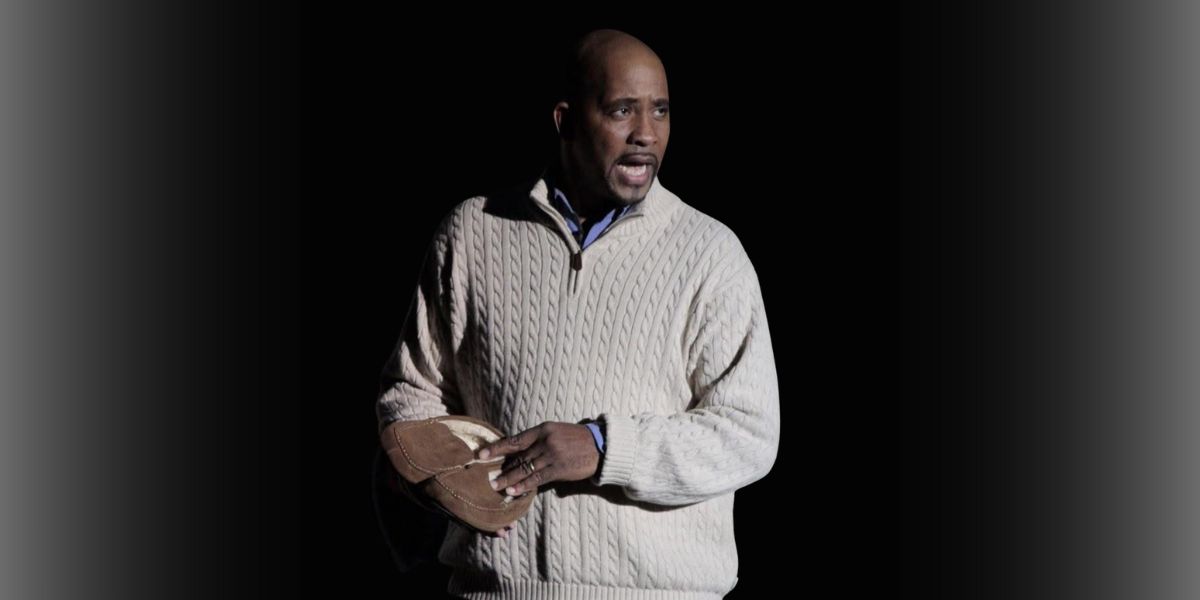By: Maha Khan
In a fitness world often divided between high-performance athletes and individuals just beginning their wellness journey, Electrical Muscle Stimulation (EMS) training is proving to be the great equalizer. Certified EMS trainer Conrad Sanchez has seen firsthand how this innovative technology levels the playing field, delivering powerful results to everyone, regardless of experience, injury, or physical limitation.
At its core, EMS works by sending electrical impulses directly to muscle fibers, stimulating them in a way that mimics natural contractions. Unlike traditional resistance training, EMS doesn’t require heavy weights or high-impact movements. Whether you’re a seasoned athlete recovering from an injury or someone taking your first steps into fitness, EMS provides an adaptive, joint-friendly solution.
Sanchez explains that with just 3 to 5 pounds of external resistance, EMS suits can facilitate intense full-body workouts that are safe for vulnerable joints. This makes EMS ideal for a diverse range of users: from those dealing with arthritis or joint instability to older adults or individuals recovering from surgery. The method’s low-impact nature, combined with highly customized programming, ensures that each person trains at a level tailored specifically to their needs.
What makes EMS unique is its flexibility. For people with chronic pain or limited mobility, it can gently re-engage inactive muscles. For athletes, it can enhance muscle recruitment and recovery. In both cases, it allows people to safely train muscles that might otherwise be neglected due to pain or risk of further injury.
Sanchez speaks from experience. After a severe neck and shoulder injury, he found himself unable to perform even basic exercises like pushups. EMS, however, gave him a breakthrough: the ability to rebuild chest strength without aggravating his injury. It was a transformative moment that reshaped his career, inspiring him to help others achieve similar results with EMS.
One of EMS’s most powerful roles is in preventing muscle atrophy during periods of inactivity. Whether due to surgery, illness, or long-term immobility, muscles can weaken quickly when not used. Sanchez incorporates EMS into therapeutic routines that keep the entire body engaged, even when only specific muscles are being rehabilitated. This approach not only restores function but promotes symmetry and overall stability, which are essential for long-term recovery and injury prevention.
For clients post-surgery or dealing with joint fragility, EMS sessions are designed with precision, focusing on controlled movement and carefully calibrated impulses. This ensures that healing tissues are supported, not stressed, minimizing the risk of setbacks.
Recovery isn’t just physical. It’s emotional. For many, especially former athletes or active individuals, rehabilitation can feel like a frustrating loss of identity. EMS provides more than just muscle engagement; it offers psychological uplift, giving clients a way to feel progress even when motion is limited. Seeing muscles activate, feeling strength return, and regaining a sense of physical agency all play crucial roles in restoring confidence and motivation.
While EMS is already changing lives in rehabilitation, its future reaches much further. Ongoing research is exploring EMS’s effectiveness in preventing age-related muscle loss, boosting everyday fitness, and even enhancing sports performance. Sanchez envisions a world where EMS is not just a niche recovery tool, but a mainstream method of sustainable fitness, accessible to all, adaptable to all, and beneficial to all.
Whether you’re an elite athlete looking to maximize performance or someone easing into movement after a long hiatus, EMS offers a common ground. It’s not just an alternative—it’s an inclusive evolution of fitness.
Disclaimer: This content is for informational purposes only and does not constitute medical advice. Always consult a licensed healthcare professional before starting any fitness or rehabilitation program, particularly if you have pre-existing medical conditions or injuries. EMS training should only be conducted under the guidance of a certified professional.






